 nficanas Mer 27 Nov - 10:25
nficanas Mer 27 Nov - 10:25
J'ai trouvé cela :
Sante Pogliaghi
Via C. Cesariano 11
20154Milano
In the central section of Milan you will find the small frame-buildingshop of Sante Pogliaghi located near the Arco della Pace, a neoclassicarch similar in design tothe Arc de Triomphe in Paris.
Within walking distance is another Milanese landmark, the Castello
Sforzesco. Many works of art are displayed in the castle, the
most renowned being Michelangelo's Pieta, Amid all this history
is a small unobtrusive shop whose address is Via C. Cesariano 11,
but whose entrance faces Vaile Bryon indicated by the "Pogliaghi"
painted above the door.
Sante Pogliaghi has probably been building bicycle frames
longer than any other master builder. He is 62 years old and
started building when he was 11! He worked with his Uncle
Brambilla, a famous frame builder of the 1920s. When his uncle
died in 1947, Sante Pogliaghi continued building frames but now
they appear with the Pogliaghi label.
Pogliaghi builds primarily road and track racing frames. His
specialty, however, is the competition tandem. The lugs on the
Pogliaghi tandem are hand made by Pogliaghi himself. Since
Columbus builds custom large-diameter tandem tubes for Pogliaghi,
he is unable to use standard lugs since no one makes
tandem lugs that meet his exacting specifications. Consequently,
he makes them himself.
Pogliaghi has built a few touring frames and touring tandems,
but these are not his speciality. He is much more familiar
with the technical requirements for racing than he is for touring.
Today, Pogliaghi frames are famous throughout the world.
Just a few years ago, this little shop built 100 to 120 frames per
year. Now it produces about 800 to 900 frames in the same period.
There are six builders, including Pogliaghi, and each builder
works on a frame from start to finish.
The frames are all hand-brazed without the use of jigs. To
help keep the frame from moving, the joints are pinned. Pogliaghi
does have a frame jig which he employs when he is building a lot
of frames of the same dimensions, but he generally likes to work
without a jig. He feels that since he has built frames for 50 years,
he can build accurately without a jig. He also feels that when a jig
is holding the tubes, the frame will have heat-induced stresses
that can result in distortion after cooling.
Contrary to normal practice, he builds a frame by joining the
seat tube to the bottom bracket and then the seat tube to the top
tube. When he finishes this, he attaches the down tube to the
bottom bracket and finishes the main triangle by attaching the
head tube.
For the individual framesets, Pogliaghi brazes with what he
terms "the natural gas, the cooking one." He also uses propane
gas, but only for the larger-diameter tubed tandems. He prefers
natural gas because it has 10 percent carbonics. "And so the tube,
when heated, loses 10 percent carbonics, but by using the natural
gas you only lose 5 percent." Pogliaghi uses a Swiss product
called Castolin to braze his frames. It is, according to Pogliaghi, a
type of bronze rod. But it actually has a silver content of about 40
percent. Pogliaghi has tried using brazing materials with higher
silver content but finds that they are too liquid to efficiently
complement his building techniques. He is satisified with the
results achieved by using Castolin since Castolin has high fluidity,
a low brazing temperature, and good brazing resistance.
Pogliaghi does not design a frame to meet specific angles. He
is more concerned with the length of the top tube in proportion to
the seat tube. As a general rule of thumb, Pogliaghi will build a
bicycle with a top tube only 2 cm. larger or smaller than the seat
tube. Otherwise, the bicycle will be ill proportioned and will not
ride correctly. For example, if you order a 58-cm. Pogliaghi, the
top tube from the center of the head lug to the center of the seat
lug, can vary from 56 to 60 cm. depending on your individual
needs. However, this rule only applies to the medium-size frames.
The small and the large frames will not follow this rule. For
example, the smallest top tube Pogliaghi will put on a 47-cm.
frame is 49 cm.
Pogliaghi does not use cast lugs or cast bottom brackets on his
frames. He thinks that they create a frame that is too rigid and, as a
result, prone to tube breakage at the joints. He does, however, use
a cast fork crown, because he feels that the fork must be stiff in
order to provide good handling. He generally builds with Columbus
tubing, but he will build with Ishiwata or Reynolds tubes,
depending on what the customer wants.
All Sante Pogliaghi's frames are sent out for painting and
chroming. Sante Pogliaghi, however, cautions about chroming.
He believes the chroming should not be done in a sulfuric acid
base, otherwise it will eat away at the tube and eventually crack it.
A word of advice from Pogliaghi if you must have your frame
chromed: "Oil the inside of the frame after it has been chromed"
to prevent rust.
In Italy, and especially in Milan, Pogliaghi is called the
"master tailor of the bicycle." He has custom-fitted frames for
many world-class riders like Sercu, Merckx, Fagin, as well as
Italian champions like Baghetto, Nunzi, and Rossi. If you would
like Pogliaghi to build a frame, you had better give him your order
soon as he plans to retire by 1980. The process is somewhat
difficult since Pogliaghi only speaks Italian. We recommend that
you order a frame through one of the many bicycle stores
throughout the United States that deal directly with Pogliaghi.
Because of his ability to custom-design a frame to an individual
rider's physique and racing speciality, there is a long waiting list
for a Pogliaghi custom frame. Recognizing that not everyone will
necessarily be interested in a Pogliaghi frame, Signore Pogliaghi
recommends other Italian builders in Milan whom he believes are
superb craftsmen: Cinelli and De Rosa.
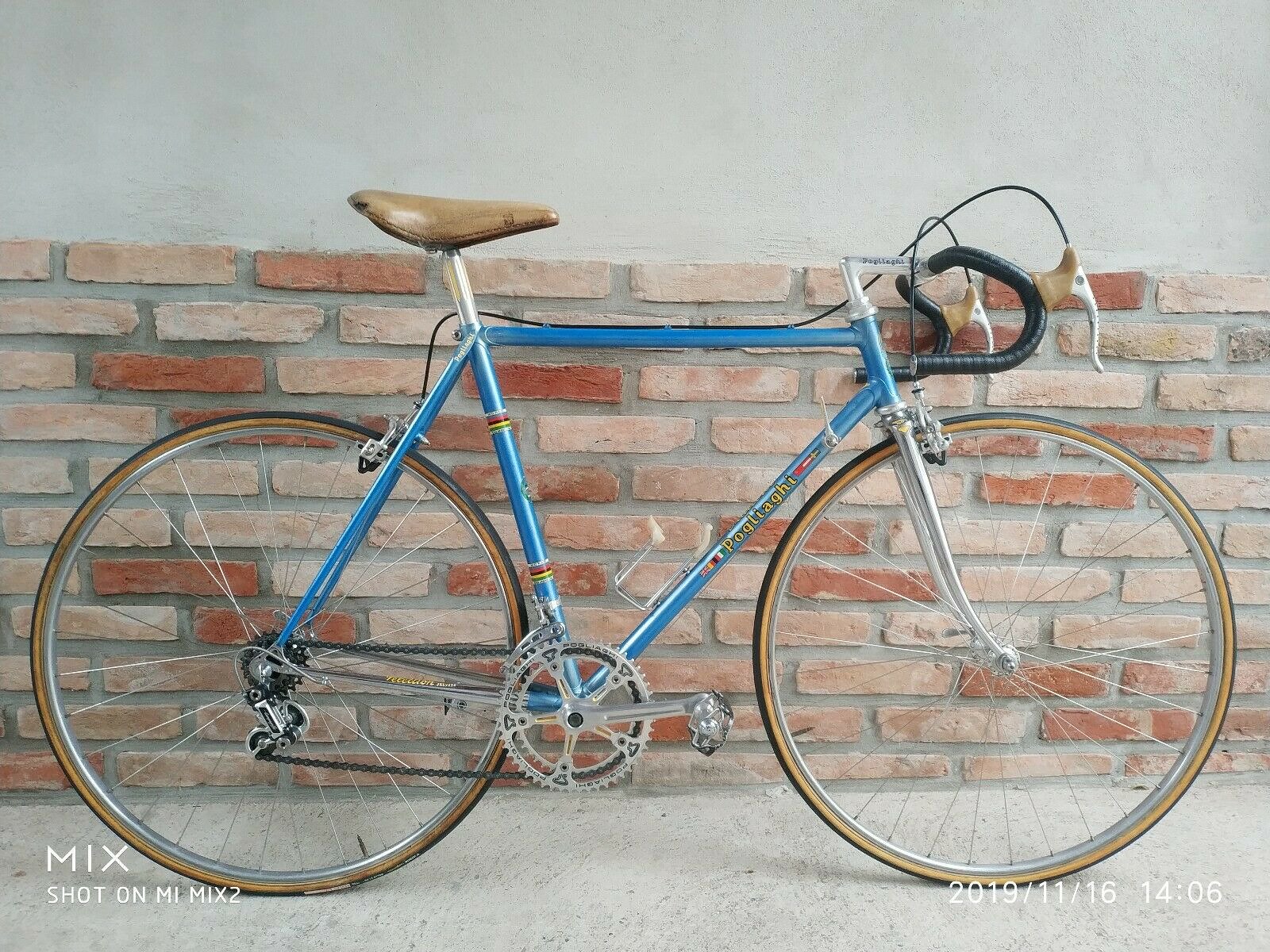 POGLIAGHI 12077 1 by Deffense Ben, sur Flickr[/img]
POGLIAGHI 12077 1 by Deffense Ben, sur Flickr[/img] POGLIAGHI 12077 2 by Deffense Ben, sur Flickr[/img]
POGLIAGHI 12077 2 by Deffense Ben, sur Flickr[/img] POGLIAGHI 12077 4 by Deffense Ben, sur Flickr[/img]
POGLIAGHI 12077 4 by Deffense Ben, sur Flickr[/img]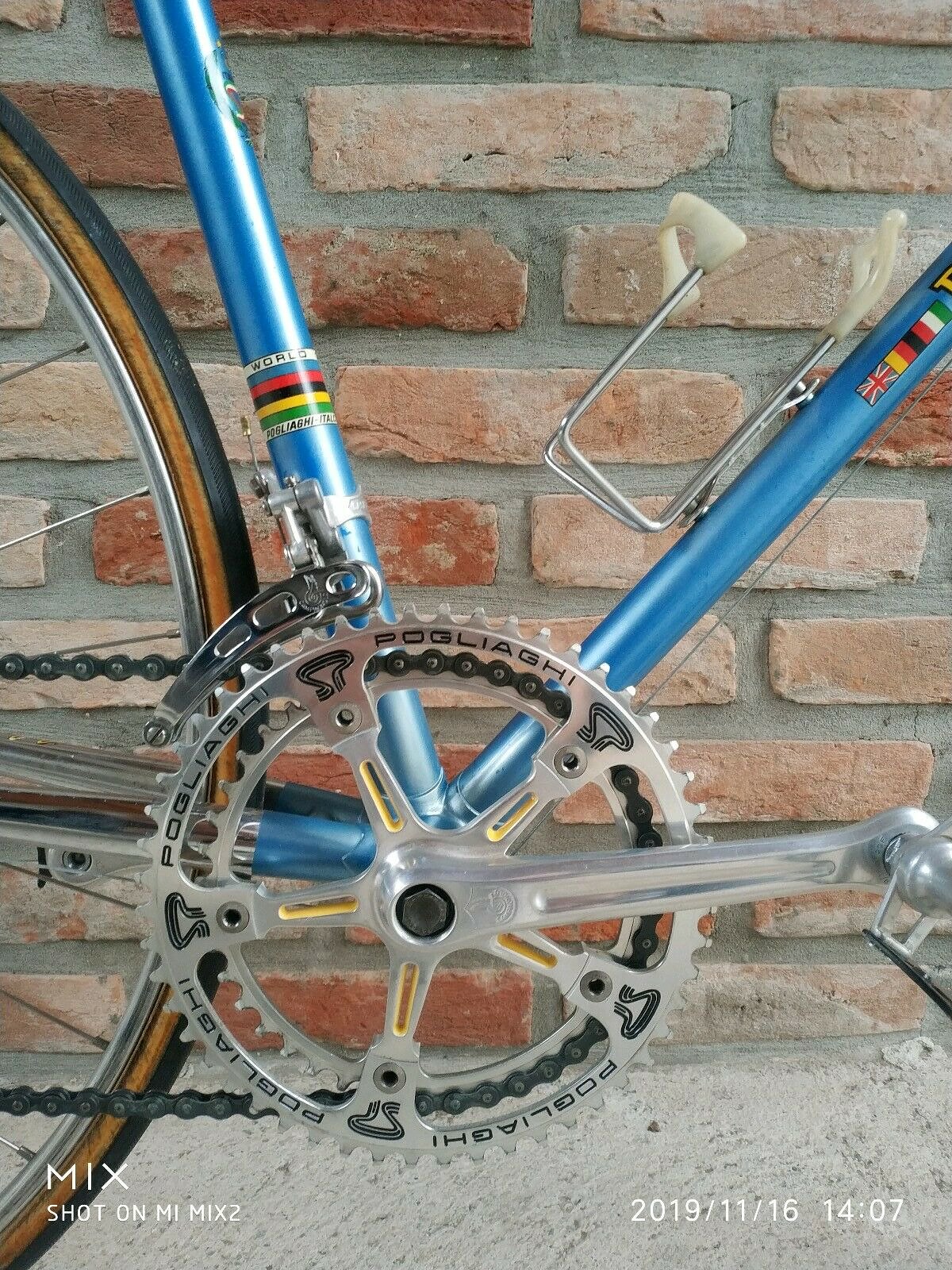 POGLIAGHI 12077 5 by Deffense Ben, sur Flickr[/img]
POGLIAGHI 12077 5 by Deffense Ben, sur Flickr[/img] POGLIAGHI 12077 8 by Deffense Ben, sur Flickr[/img]
POGLIAGHI 12077 8 by Deffense Ben, sur Flickr[/img] POGLIAGHI 12077 9 by Deffense Ben, sur Flickr[/img]
POGLIAGHI 12077 9 by Deffense Ben, sur Flickr[/img]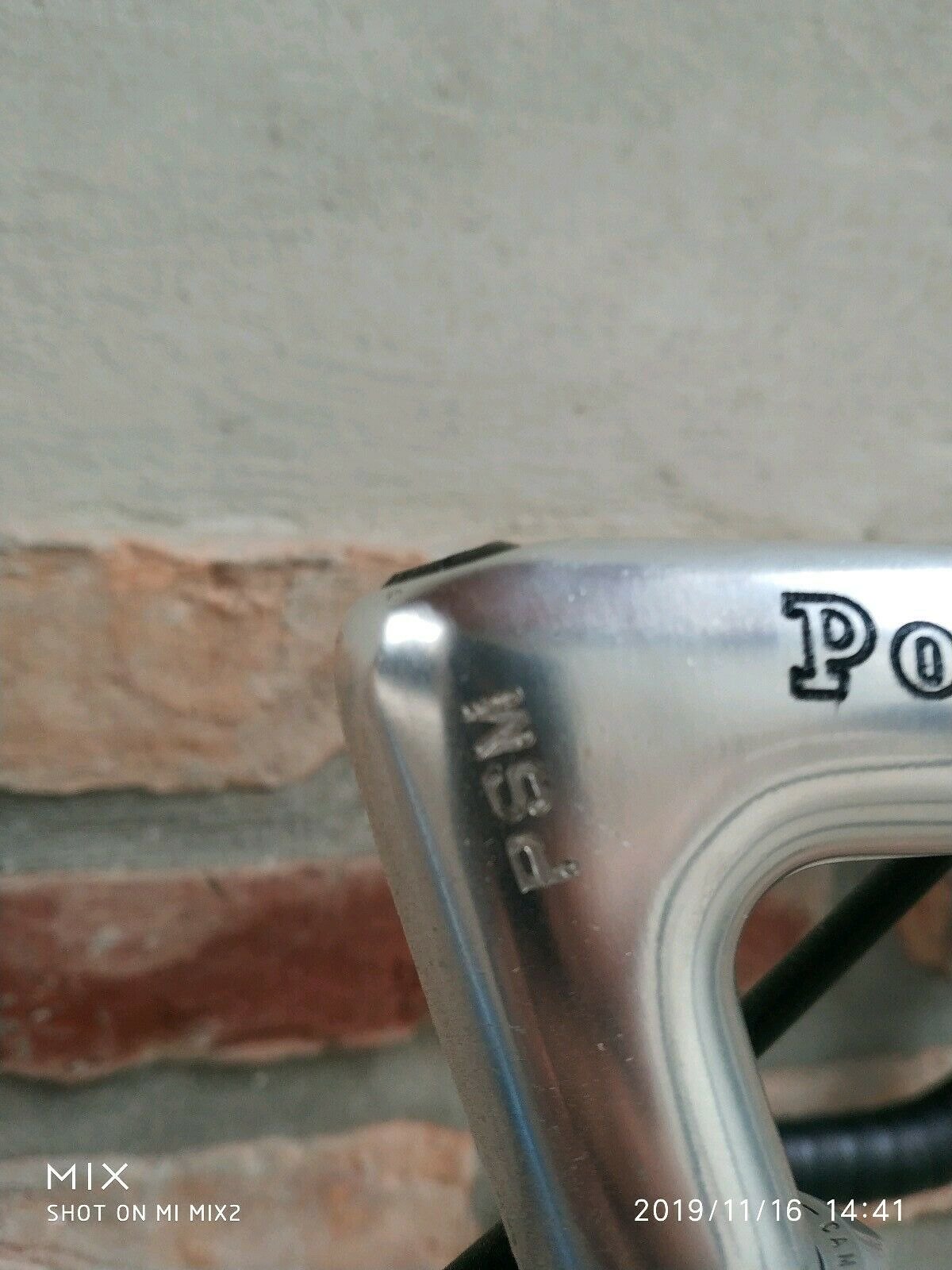 POGLIAGHI 12077 10 by Deffense Ben, sur Flickr[/img]
POGLIAGHI 12077 10 by Deffense Ben, sur Flickr[/img] POGLIAGHI 12077 11 by Deffense Ben, sur Flickr[/img]
POGLIAGHI 12077 11 by Deffense Ben, sur Flickr[/img]




 et ce joli bleu en plus ...
et ce joli bleu en plus ... 








 IMG_4636 (2) by Deffense Ben, sur Flickr[/img]
IMG_4636 (2) by Deffense Ben, sur Flickr[/img]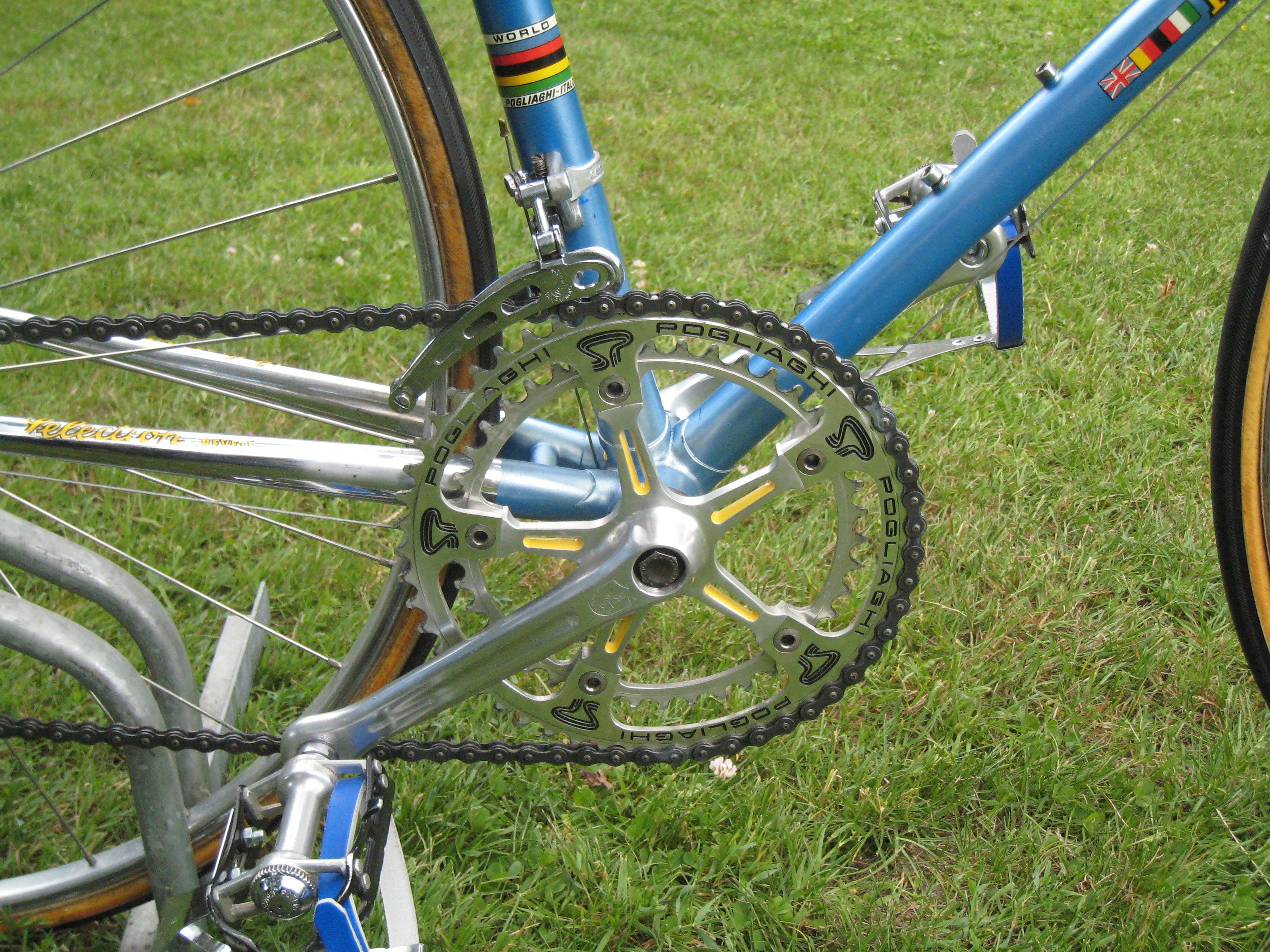 IMG_4638 by Deffense Ben, sur Flickr[/img]
IMG_4638 by Deffense Ben, sur Flickr[/img] IMG_4640 by Deffense Ben, sur Flickr[/img]
IMG_4640 by Deffense Ben, sur Flickr[/img] IMG_4642 by Deffense Ben, sur Flickr[/img]
IMG_4642 by Deffense Ben, sur Flickr[/img] IMG_4643 by Deffense Ben, sur Flickr[/img]
IMG_4643 by Deffense Ben, sur Flickr[/img]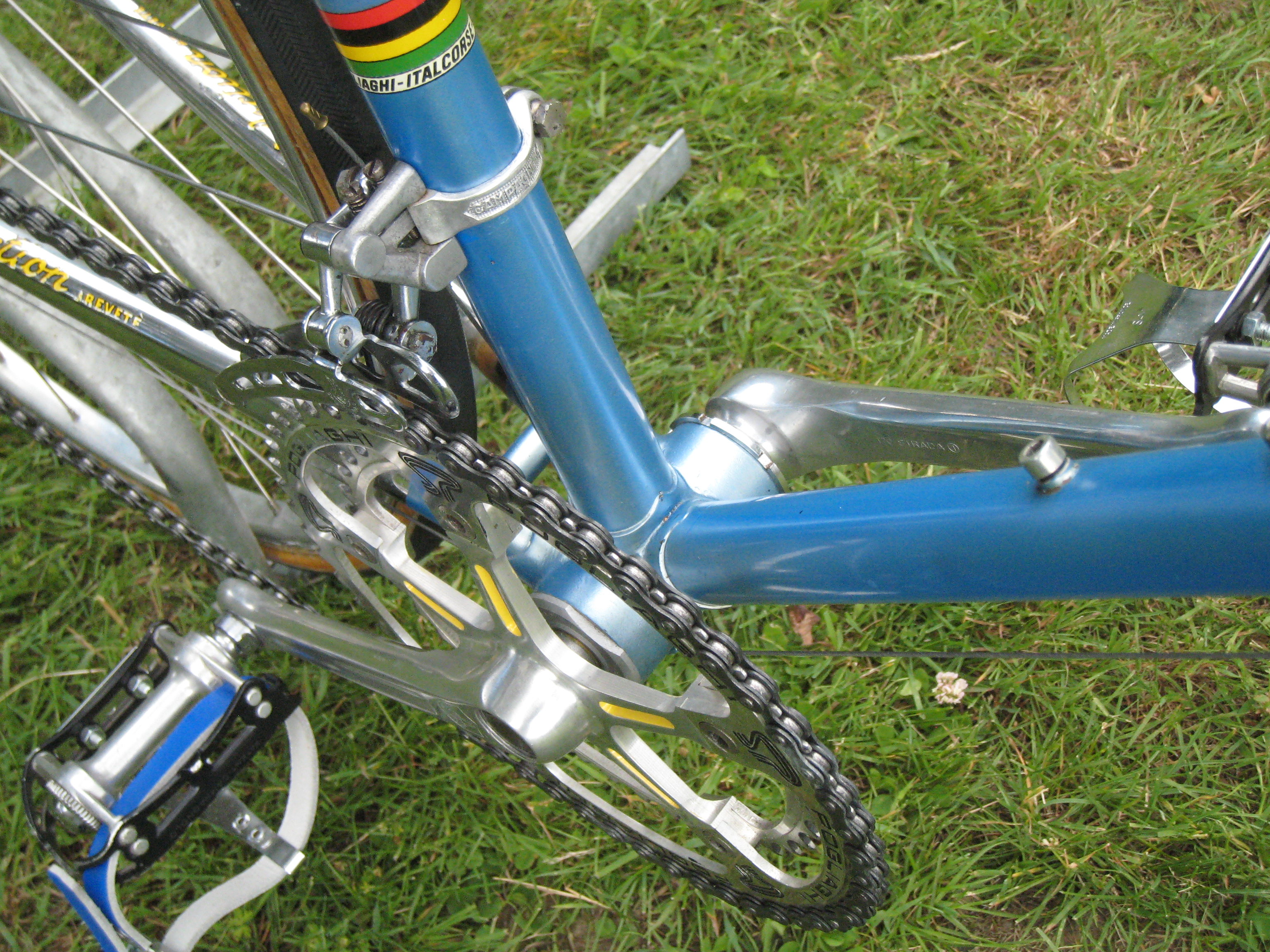 IMG_4647 by Deffense Ben, sur Flickr[/img]
IMG_4647 by Deffense Ben, sur Flickr[/img] IMG_4649 by Deffense Ben, sur Flickr[/img]
IMG_4649 by Deffense Ben, sur Flickr[/img]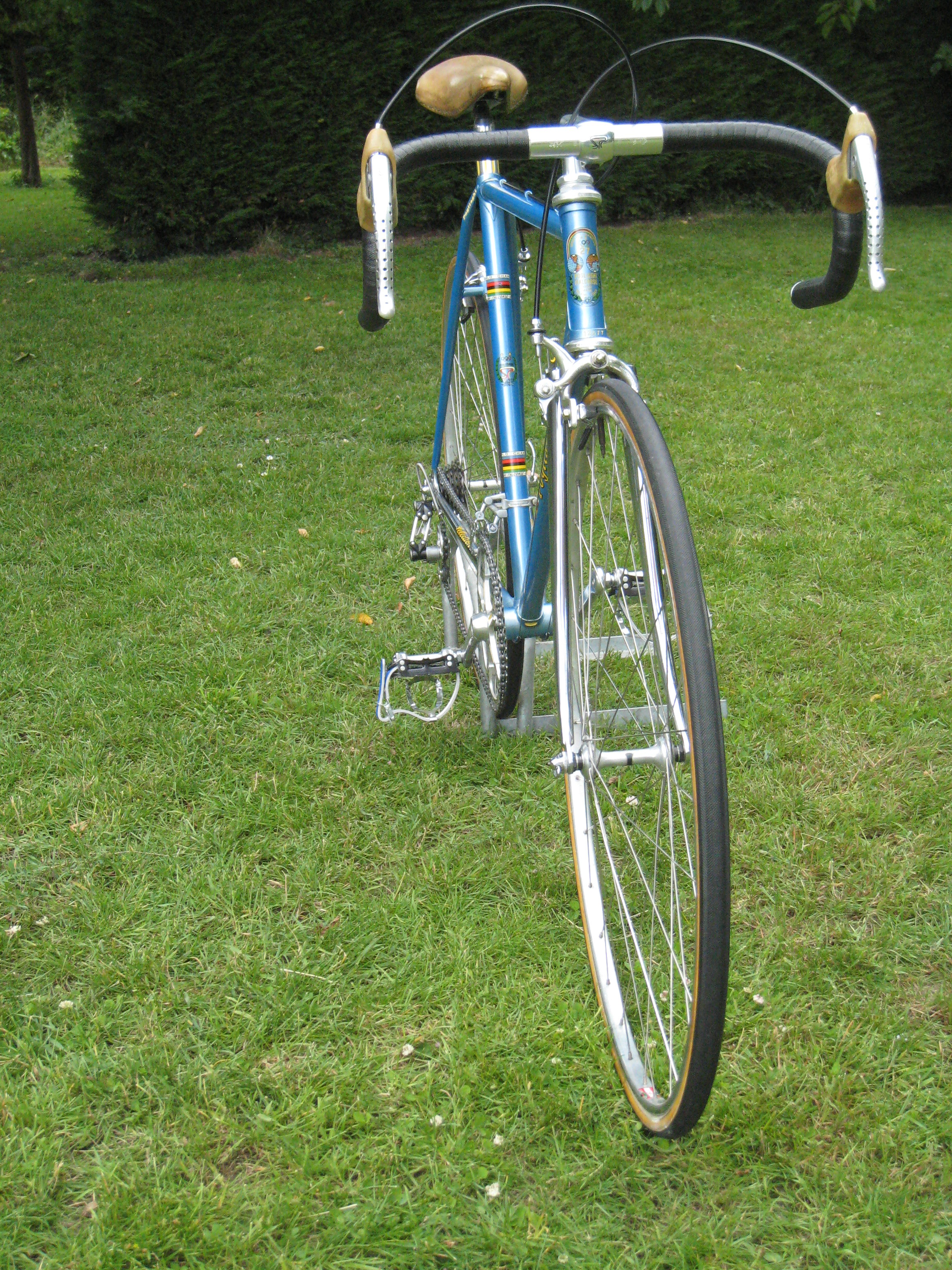 IMG_4650 by Deffense Ben, sur Flickr[/img]
IMG_4650 by Deffense Ben, sur Flickr[/img]


